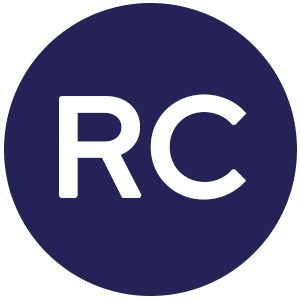It’s early on a Sunday morning in your hospital, and a nurse on the ninth floor of the west wing needs to get a syringe pump for one of her patients. She walks to the clean storage room and discovers there are no clean pumps available. She also notices that the soiled storage room next door is overflowing with used pumps waiting to be picked up and cleaned. She returns to her station and calls the asset manager on duty for help. Meantime, the patient who needs the syringe pump waits…and waits.
This is a hypothetical scenario, but it’s a common one in hospitals that lack an enterprise-wide real-time location system (RTLS). Hospitals often operate with reduced staff on weekends and holidays when patient censuses are generally lower. This can result in longer waits for dirty equipment to be picked up, cleaned, and returned to service. An enterprise-wide RTLS can provide data that show trends in equipment utilization over time. This allows hospital asset managers to pinpoint when bottlenecks commonly occur in the equipment lifecycle. Armed with that data, the hospital can revise routines and reallocate resources at certain times to ensure at least a minimum level of equipment is always available for frontline staff.
Healthcare asset tracking that improves equipment workflows
An RTLS can also help large hospitals identify where, geographically, their equipment workflow bottlenecks are happening. In general, the clean and dirty storage rooms closest to the Biomed department are taken care of regularly, because they’re the ones that equipment staff likely walk past by default. Hospital asset managers also know that the storage rooms in high-volume areas, like the emergency department or operating rooms, use up equipment much more quickly than general patient floors and need more frequent attention. But what about the storage rooms on high floors or in different wings? These rooms may not be visited often by equipment staff. Without an RTLS, the most common way the hospital finds out those far-flung clean storage rooms need servicing is a call from a nurse reporting that they’re empty.
Using RTLS, you can assign minimum periodic automated replacement (PAR) levels for clean storage rooms throughout the hospital. When a clean storage room’s level approaches minimum PAR, the RTLS can send automatic notifications to the equipment staff, letting them know that room needs to be restocked and with which items. Similarly, for soiled storage rooms, you can assign a maximum level. When a soiled storage room approaches capacity, the RTLS can send a different automatic notification to equipment staff, informing them the room needs to be emptied. You can also view these trends over time and make changes in your equipment staff’s schedule to ensure those rooms are always maintained properly.
RTLS that enables cost savings and better provider experiences
This data can have an impact not only on your hospital’s staffing plans but also on your bottom line. When frontline staff frequently report they can’t find a certain type of equipment, they’ll ask the hospital to buy more of that equipment. With RTLS data, you can go beyond that anecdotal evidence to determine whether a purchase is truly necessary. If your RTLS data indicates that a certain type of equipment is spending too much time in a soiled storage room waiting to be picked up for cleaning, you can choose to change internal procedures or reallocate staffing resources to ease that bottleneck. That evidence-based decision achieves two goals: keeping frontline staff equipped and happy while saving the hospital the expense of a big purchase.
The Cognosos enterprise-wide RTLS can deliver these benefits for your hospital with significantly lower up-front costs, lighter infrastructure, and better accuracy than any other RTLS on the market. To learn more about how our RTLS solution can provide a fast and proven return-on-investment for your hospital, please read our related post, The Case For Analyzing Your ROI From Hospital RTLS.



